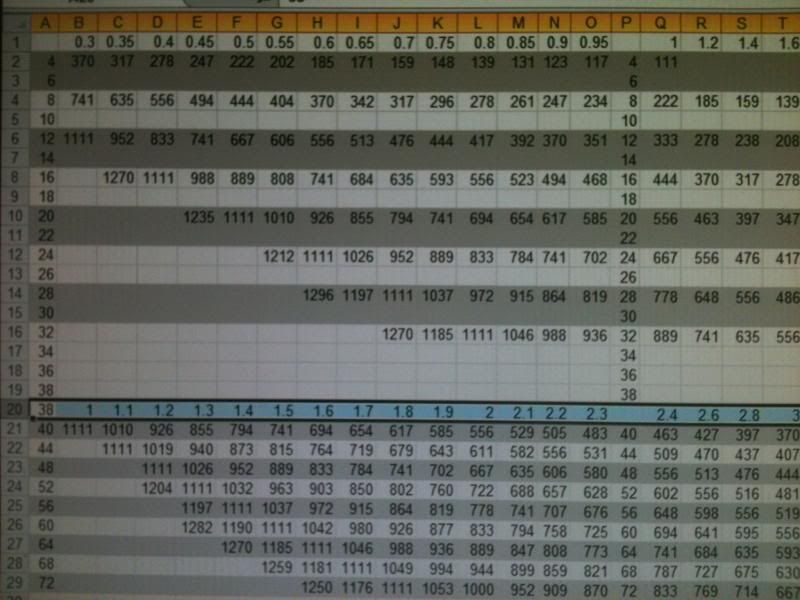I'm just a hobby shooter that enjoys shooting at distance
This is a Formula for range finding unknown distance targets that I use.
I need my distance in yards for my ballistic calculator so I use this. Just curious what the more experienced guys think about it.
I find it rather easy and quick with a calculator and I don't have to mess with decimals and meter conversions.
target size in inches x 100 / subtension / mils = distance to target in yards
ex.
18" target x 100 / 3.6 / .5 = 1000 yards
This is a Formula for range finding unknown distance targets that I use.
I need my distance in yards for my ballistic calculator so I use this. Just curious what the more experienced guys think about it.
I find it rather easy and quick with a calculator and I don't have to mess with decimals and meter conversions.
target size in inches x 100 / subtension / mils = distance to target in yards
ex.
18" target x 100 / 3.6 / .5 = 1000 yards



